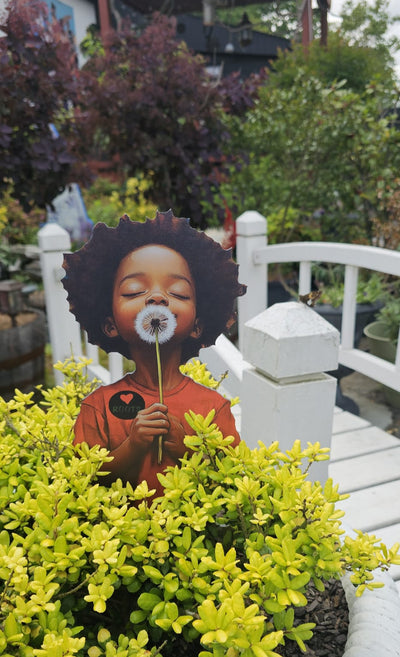Museum Acquires Majority of BAIA Curated Exhibition
Museum Acquires Majority of BAIA Curated Exhibition

In a landmark acquisition, The Woodson African American Museum of Florida has purchased more than half of the works from the exhibition “Beacons, Griots & The Journey to Freedom,” curated by Black Art In America, including multiple works by Najee Dorsey and Jamaal Barber. This acquisition will establish the Woodson’s permanent holdings and reinforces the museum’s commitment to preserving visionary expressions of African American history, memory, and resistance.
Running from April 7th through September 6th , Beacons, Griots & The Journey to Freedom brought together a powerful cohort of artists: Jamaal Barber, Dr. Carolyn Mazloomi, Phyllis Stephens, Curlee Holton, Stefanie Jackson, Gwendolyn Aqui-Brooks, Mel Edwards, Steve Prince, Daphne Arthur, Najee Dorsey, and David Wilson, each echoing narratives that showcase the continual journey to freedom.
Notable Acquisitions & Their Significance
-
Jamaal Barber: The Woodson acquired To Be Free, a freestanding sculpture that serves as a strong yet poetic reminder of the struggle for liberation. In addition, the museum obtained the remaining 5 available works from his Underground Railroad series—the original works created to be used in the Pulitzer Prize–winning book The Underground Railroad by Colson Whitehead.

-
Najee Dorsey: Two major photomontage works from his Gullah Jack Series, which chronicles the lesser-known story of Gullah Jack, have now become part of the Woodson’s permanent collection, joining the museum’s representation of contemporary Black visual innovation. The acquisitions underscore Dorsey’s rising stature in the art world and serve to reinforce that his photomontage works are sought after not only in the marketplace but by institutions as well.

-
Curlee Holton, Steve Prince, and Dr. Carolyn Mazloomi: The museum acquired works from each of these artists, representing core voices in the exhibition’s dialogue between memory, myth, history, and visual storytelling.

With these acquisitions, the Woodson secures more than mere objects of artistic merit—it fortifies a narrative infrastructure of Black art that invites future generations to stand on the shoulders of resilient, inventive storytellers.
For Black Art In America (BAIA), this acquisition affirms its mission to document, preserve, and promote the contributions of African American art. It also serves as a testament to the trust that museum partners place in BAIA’s curatorial vision for innovative exhibitions and programming—demonstrating the gallery’s ability to identify and collaborate with artists who are at the forefront of their practice, and to advance those artists’ impact through meaningful institutional acquisitions.






















